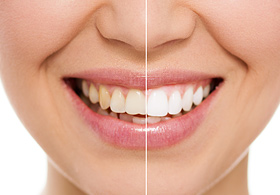Implants Removal
Removal of the implant(s), with or without replacement, is one type of reoperation. Implants that are damaged or ruptured cannot be repaired; surgical removal or replacement is recommended.
SURGICAL/PROCEDURE NAME
Breast Implant Removal Surgery
COMMON NAME
Breast Implant Removal Surgery
SURGICAL PROCEDURE
Your current implants will sit either directly under the breast tissue or deeper behind the breast muscle. They will be removed through incisions made underneath your breasts or around the areola.
Following the procedure you will be taken from the operating theatre into the Recovery Room where you will be looked after until you are fully awake following the anaesthetic. After this, you will return to your room, where nursing staff will check your dressings and monitor your pulse and blood pressure at regular intervals.
DURATION
2-3 hours
ANAESTHETIC
General anesthesia – discussed with your surgeon
PRE-OPERATIVE CARE
Before surgery, please inform your surgeon of any allergies, all medical conditions, and any medication that you are taking (both prescription and non-prescription).
To eliminate the chance of post-op bleeding, you should avoid aspirin and any medication containing aspirin or brufen for 2 weeks prior to surgery. You should also not smoke for 1-2 months prior to surgery as smoking can affect your reaction to the anaesthetic and slow down the healing process. Patients that suffer from hypertension must inform the surgeon prior to surgery.
POST OPERATIVE CARE
After breast implant removal, you are likely to have some discomfort, swelling, bruising, hardness and pain / twinges in the breasts. These are temporary and should subside after the first few weeks. It may take several months for the shape of your breast to settle.
Depending on the average physical activity of the patient and the complexity of the surgery. A return to normal lifestyle usually occurs within 1-2 weeks following their breast revision surgery.
RISKS AND COMPLICATIONS
Like all surgical procedures, breast implants removal surgery has its own set of risks and side effects.
EDUCATE
Knowing what complications may arise, as well as what can prevent them, will help patients enjoy a positive experience.
POSSIBLE COMPLICATIONS
- Infection
- Excessive bleeding
- Adverse Reaction to anesthesia
- Need for second or more procedures
- More scarring than previously present
- Loose skin
- The breast may become more saggy and droopy in appearance
- Nipples may lose sensation
- The shock of your new, smaller breast size may cause emotional problems
In order to prevent any serious difficulties, patients are strongly urged to follow all instructions provided by their surgeon.
Any surgical or invasive procedure carries risks. Before proceeding, you should seek a second opinion from an appropriately qualified health practitioner.














